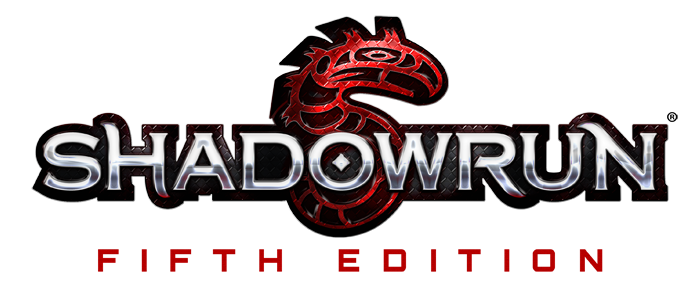
While many of you know me, the excitement of the Year of Shadowrun is likely pulling in a lot of people that have no idea who I am. As such, like Ross’ Designer Diary 1, I felt it appropriate to introduce myself and provide some background.
In 1989 I strolled into my local game store, Game Depot (which is still alive and well…go Dave and Patty!), and there on the wall was a poster for an upcoming RPG that instantly grabbed my attention. In fact, it held the attention of my entire gaming group and we anxiously awaited its arrival. When Shadowrun released, we were all in the store and I believe we walked out with 4 copies that day.
Of course we couldn’t make heads or tails on how to actually ‘play’ the game…and unlike Ross, I didn’t play through all the editions. Despite such growing pains, Shadowrun has remained one of my favorite universes of all time. In fact, when I started working at FASA Corporation in 1996, I was to be an “assistant developer” for all the developers at the time, and that included Mike Mulvihill, the SR line developer. So every night I read an SR novel, or some sourcebook…did that for a month straight (such a ‘chore’…)
Under Catalyst it’s been a pleasure to grow Shadowrun in a lot of ways. And being integral to all we’re going to accomplish in the Year of Shadowrun has been amazing. (Who knew I’d find it so satisfying to create such great partnerships and cross promotion opportunities with our various partners in crime, such as Cliffhanger Productions, Harebrained Schemes and Lone Wolf.)
Nothing, however, can compare to my work on Sprawl Gangers. Being able to roll up my sleeves and create an all-new game design set within the Shadowrun universe is one of the highlights of my career. That I can do that while working hand-in-hand with Ross Watson (someone whose career I respect and whom I call friend) just makes the whole experience all the sweeter.
In some fashion or another, for the last 17 years I’ve been professionally involved in the development of BattleTech and last year my first all original miniatures game design was released, Leviathans. And I’ve worked on a variety of other games in some fashion, including Earthdawn, Eclipse Phase and Cosmic Patrol.
Despite my professional work, I’m just a gamer at heart and I’m playing them all the time. I’m an equal opportunity gamer, moving from board games to card games to miniatures games with equal ease…even RPGs, of course, though sadly those are lacking for how much time I’m really able to devote there.
As with Ross, I have incredibly fond memories of Necromunda, having played in an active league at FASA for well over a year. While I’ve played dozens of miniatures games (and I especially dove into several newer games in preparation for working on Sprawl Gangers), and many of them have different aspects I love, I felt strongly that Necromunda was in the space closest to what I wanted to achieve with this design.
And of course, while creating a game design to fill that area, its of the utmost importance that if feel Shadowrun top to bottom. The powerful impression that Larry Elmore’s First Edition cover made with me of what Shadowrun is all about is constantly resonating as Ross and I work. Often we’ve tweaked things to not simply feel more Shadowrun, but to ensure that indelible parts of the universe shine.
For example, we just got the following comment back from one of our playtesters (the first playtest cycle started last week as we mailed the rules out to over a hundred playtest groups):
-
Also, we are really hoping that the Control Terrain exploit program ends up making it to the final product. Last game 2 characters at once were knocked prone and damaged from a 4 inch fall when the bridge they were one was hacked by the Halloweener’s decker that they had forgot about.
I’ve read that half a dozen times already and I’m still smiling large…a perfect example of the balance we hope we’re capturing between a great, fun miniatures game that is pure Shadowrun!
As Ross mentioned, we’ll be doing these design diaries every week or two in the months to come as we pull back the curtain and try and convey every aspect of the game as you look over our shoulders…enjoy!
Randall Bills






